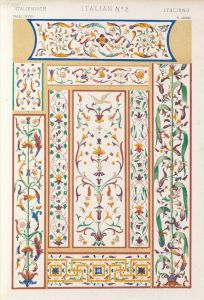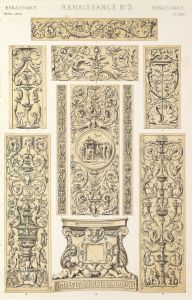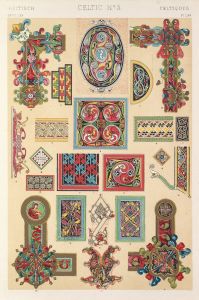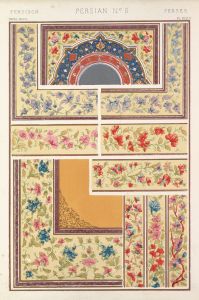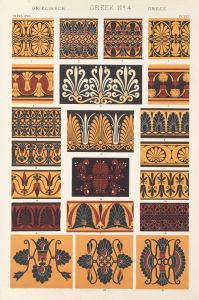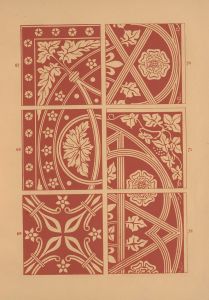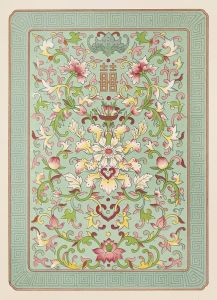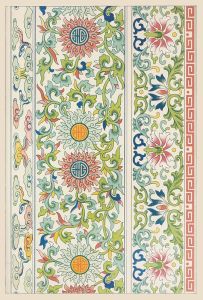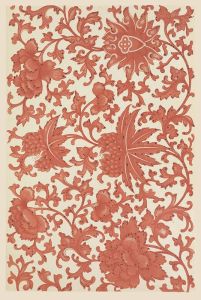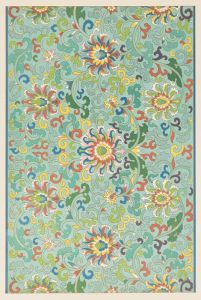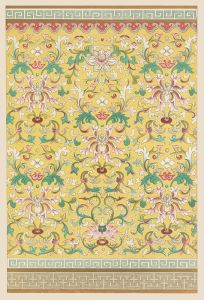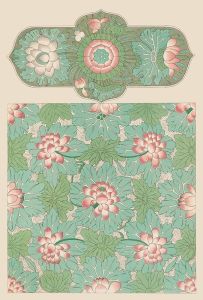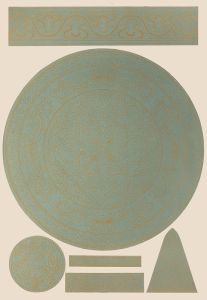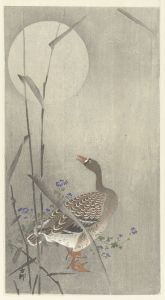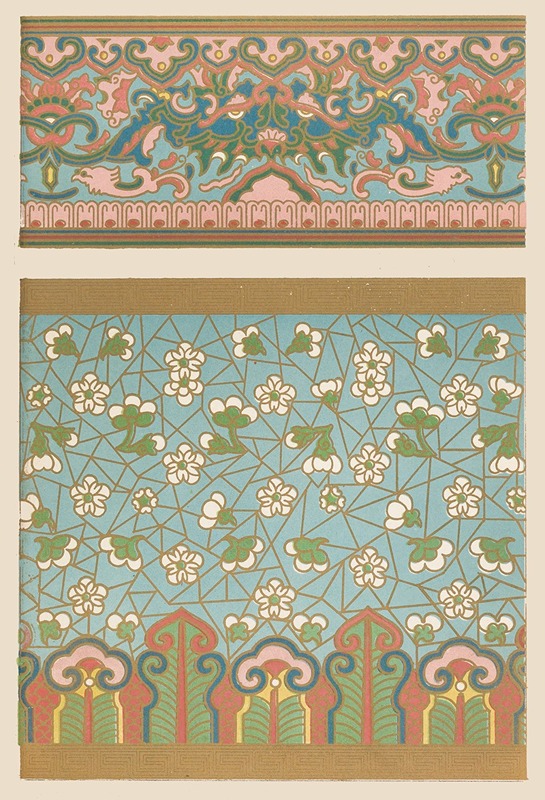
Examples of Chinese ornament, Pl.34
A hand-painted replica of Owen Jones’s masterpiece Examples of Chinese ornament, Pl.34, meticulously crafted by professional artists to capture the true essence of the original. Each piece is created with museum-quality canvas and rare mineral pigments, carefully painted by experienced artists with delicate brushstrokes and rich, layered colors to perfectly recreate the texture of the original artwork. Unlike machine-printed reproductions, this hand-painted version brings the painting to life, infused with the artist’s emotions and skill in every stroke. Whether for personal collection or home decoration, it instantly elevates the artistic atmosphere of any space.
"Examples of Chinese Ornament, Pl.34" is a plate from the influential design book "The Grammar of Ornament" by Owen Jones, first published in 1856. Owen Jones was a British architect and designer known for his work in color theory and his contributions to the decorative arts. "The Grammar of Ornament" is a comprehensive collection of design patterns and motifs from various cultures around the world, and it played a significant role in the development of design in the 19th century.
Plate 34 specifically focuses on Chinese ornamentation, showcasing the intricate and symbolic designs characteristic of Chinese art. The designs in this plate reflect the traditional Chinese aesthetic, which often includes motifs such as dragons, phoenixes, clouds, and floral patterns. These elements are not only decorative but also carry cultural and symbolic meanings. For instance, the dragon is a symbol of power and strength, while the phoenix represents rebirth and immortality.
Jones's work was part of a broader 19th-century movement that sought to document and study the art and design of non-Western cultures. This interest was partly fueled by the expansion of the British Empire and increased contact with Asia, which brought a fascination with Asian art and design to Europe. "The Grammar of Ornament" was one of the first books to present these designs in a systematic way, making them accessible to Western designers and artists.
The book is organized into 37 chapters, each focusing on a different culture or style, with Chinese ornament being one of them. Jones's approach was to present these designs without alteration, emphasizing their original beauty and complexity. He believed that understanding the principles behind these designs could inspire new creations in contemporary design.
Jones's work was influential in the Arts and Crafts Movement and the later Art Nouveau movement, both of which emphasized the importance of craftsmanship and the use of natural forms in design. By presenting Chinese ornamentation alongside other global styles, Jones highlighted the universality of design principles and the potential for cross-cultural inspiration.
"Examples of Chinese Ornament, Pl.34" is a testament to the rich artistic heritage of China and its influence on global design. The plate, like the rest of the book, serves as a resource for designers and artists seeking inspiration from traditional motifs. It also reflects the 19th-century Western fascination with Asian art, which continues to influence design today.
Overall, Owen Jones's "The Grammar of Ornament" remains a significant work in the history of design, and Plate 34 is an important part of its legacy, illustrating the beauty and complexity of Chinese ornamental art.





